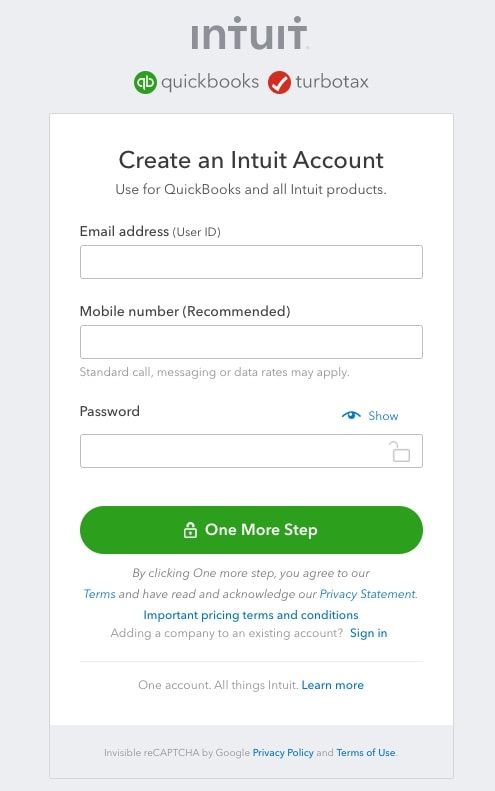Turn on suggestions
Auto-suggest helps you quickly narrow down your search results by suggesting possible matches as you type.
Showing results for
Hi, I am new to QB, whilst trying to reconcile my bank statement, I have come across a payment to HMRC for my 12/18 VAT return. I have only just registered, with the start of my accounting period being January, so this payment is outside of QB. There is no VAT return to match it against. How should I log it please? Thank you very much.
Solved! Go to Solution.
Hello,
The only way to record this, as it is for a period prior to using QuickBooks, is as an expense. Paying your VAT bill is an expense to your company, and would be treated as such, however without the filing within QuickBooks, it cannot be associated with a liability amount. If you are still unsure about this, we would advise to speak to an accountant who can advise you how they would like you to record this.
Thanks,
Talia
Welcome to the Intuit Community, gressgardens,
Thanks for choosing QuickBooks Online.
To record the payment you've made to HMRC for the VAT Return filed outside of QuickBooks, you can create an Expense transaction under Expense account.
To create an Expense account, here's what you'll need to do:
To create an Expense account, here's what you'll need to do:
That's it! If there's anything else you need help with in recording transactions, please let me know. I'd be happy to assist. Have a great day!
Fantastic! Thanks for your help.
Hi, just double checking as to whether this should in fact be an expense? I'm no expert but was always under the impression that Taxes are not an expense, please could you update me. Thanks
Thanks for getting back to us, @gressgardens.
I can provide clarification on the accounts affected when recording your VAT payments in the program.
If you used the program to pay your VAT returns, it'll post a liability and a suspense account for it. Since the payment was directly paid to HMRC and the VAT period isn't registered in the program, you'll need to record it as an expense. Then, you'll have to choose the Taxes Paid as a detail type.
Please see the screenshot below to serve as your visual guide.
After that, you can perform the steps provided by my peer above on how to create an expense.
If you want to pay and file a VAT return in the software, here's a great article you can refer to: File your VAT return and record tax payments in QuickBooks Online.
This will clear your confusion about the VAT posting accounts, @gressgardens. I'm here anytime you need anything else. Have a great day!
Ok, great, just wanted to make absolutely sure. I have performed these steps, its is not showing in my P&L Report, is that correct? Should I just bring this to the attention of my Accountant fro when he is preparing year end figures?
Hi gressgardens
Is the date of the expense you created within the date range of the P&L you are running?
Ah yes, I signed up for QBO w.e.f 1st January, so should I date it prior to that date to remove it?
Hi gressgardens
You will have to date the transaction the date it was debited from your bank.
I'm still confused, just to clarify, I submitted a VAT return for Oct, Nov, Dec 2018 using Gov Gateway as I was not using QBO at this time. I have since signed up for QBO with my starting date as 1st January 2019. The actual payment for the 12/18 VAT return was made in January. I am still confused as to why this should show as an expense, because of this, my P & L report shows I'm making a loss not a profit!
Hello,
The only way to record this, as it is for a period prior to using QuickBooks, is as an expense. Paying your VAT bill is an expense to your company, and would be treated as such, however without the filing within QuickBooks, it cannot be associated with a liability amount. If you are still unsure about this, we would advise to speak to an accountant who can advise you how they would like you to record this.
Thanks,
Talia

You have clicked a link to a site outside of the QuickBooks or ProFile Communities. By clicking "Continue", you will leave the community and be taken to that site instead.
